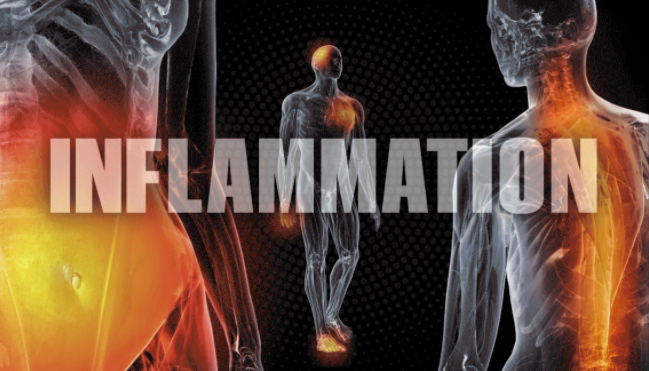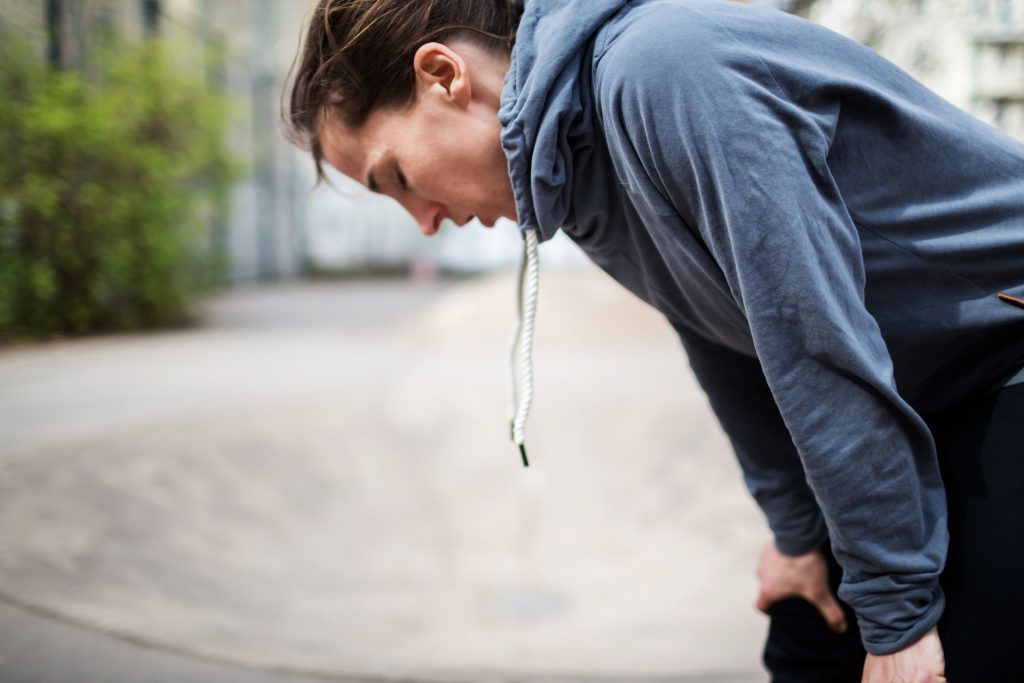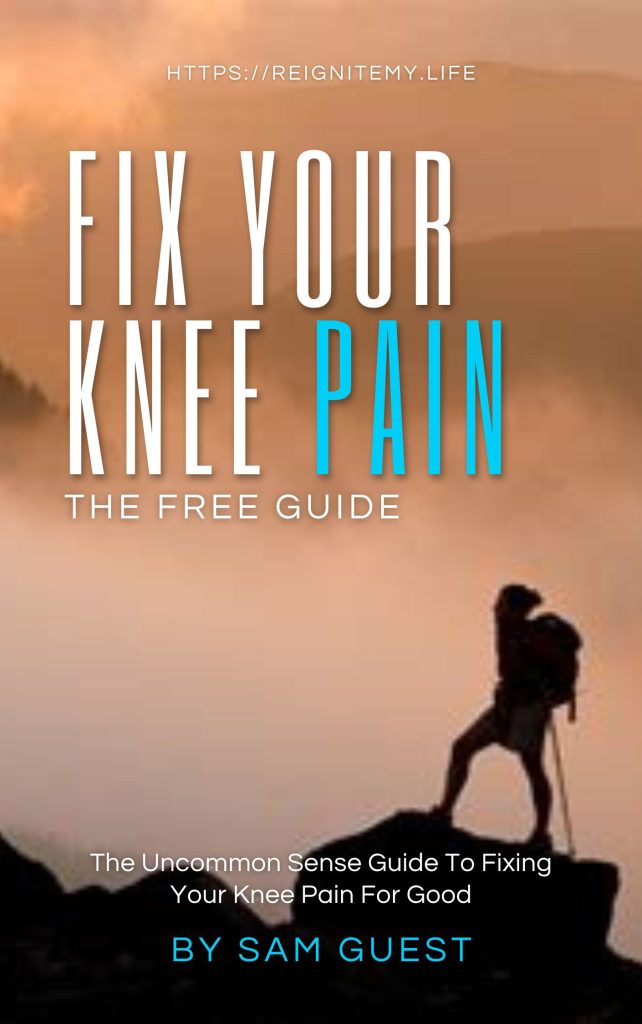Whenever I read a post on improving recovery they all seem to be talking about the same stuff:
- magnesium,
- compression garments,
- active recovery etc…
And with good reason, they all work. But…
What we have to realise is, that aching you feel after exercise, that’s inflammation.

Inflammation is an immune response and the body’s first step towards healing itself, making you stronger and fitter in the process.
That’s why it’s essential for recovery.
So if your ability to recover is directly tied to the strength of your immune system, rather than trying to influence this with hacks like magnesium, and compression garments. Hacks which, whilst they do good, aren’t directly influencing the actual mechanism used by the human body to control recovery.
Rather than trying this aren’t we better off going straight to the top of the hierarchy and looking at how we can leverage and enhance our immune response so we can recover faster, naturally?
How To Do This?
Well the science behind it’s certainly not simple, but thanks to advances in immunology we certainly know it can be done.
Before I tell you how you can use this mechanism to recover faster we need to talk about HYPOXIA (literally without oxygen).

Now normally, hypoxia, at least for intermittent, extended periods in a cell, is a bad thing, (apnea I’m looking at you) as it leads to activation of genes which release a protein called VEGF which in excess can drive further inflammation and ultimately cancer.
At some times, in some tissues however, Hypoxia is a very good thing.
As in the case of muscle tissue right after a workout.
Hold this thought we’ll come back to it.
The main players in the immune system (at least inside the tissue) are called macrophages. The easiest way to think of them is to divide them into 2 groups: the killers and the doctors (as is often the case with the human body alas it’s not this simple, but this abstraction works for our purposes today).
The killer’s job is to provoke inflammation. They go in, shoot up all the bad guys and leave a load of dead bodies and damage in their wake.

Damage which the doctors then come in and heal.
Now just like Hypoxia it’s not as easy as saying one type of macrophage is good and the other is bad. At certain times, in certain tissues we want an excess of the killer (also called M1) macrophages, at other times we need as few of them as possible and as many doctors (or M2 macrophages) as we can.
Now back to our original topic of recovery.
Right after a workout you want as many of the killer M1 macrophages in your muscle tissue as you can get, as this will massively help boost recovery.
How can you get them there?
Using HYPOXIA.
Controlled hypoxia at the end of a workout floods the muscles with something called HIF-1 (which is what the body uses as a backup to keep cells working when it runs out of oxygen) this in turn attracts M1 killer macrophages.
Now sending in killer M1 macrophages would have been the body’s own response, but by using hypoxia we are amplifying the signal.
We’re using the very system which controls recovery (the immune response) to boost the process of recovery…we’re cutting out the middleman and going straight to the top of the chain.
So How Do You Do This?
Simple. During the last set of your workout, empty your lungs and do the last few reps in a Hypoxic state. This will probably be pretty uncomfortable but will put everything you need in place for a speedy recovery.
Voila, using your own body to help you out…for free!
As an aside if you take 50mg of zinc (an insulin mimic to help drive glucose into the cells) along with raw green veggies (for cyclo, a peptide, present in raw vegetable matter which has been shown to have potent glucose clearing ability) and 1-2mg of salt (a myostatin inhibitor, myostatin is a protein which acts on muscle cells to inhibit muscle cell growth) post workout you’ve just allowed your muscles to take in tonnes of glucose and thus recover even faster (whilst the decrease in myostatin actually allows muscles to grow larger), but that’s a post for another day!

